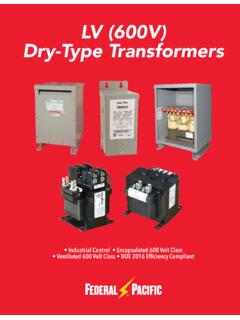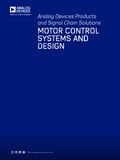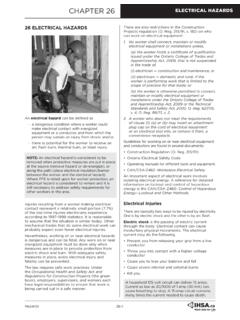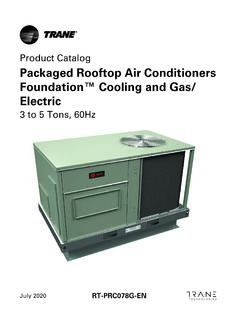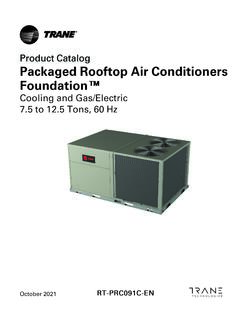Transcription of NFPA 70E SERIES - mi-wea.org
1 NFPA 70E SERIES 2015 NFPA 70E - Standard for electrical Safety in the Workplace Significant Changes To Standard National Safety Technology NATIONAL SAFETY TECHNOLOGY NFPA 70E Requirements for safe work practices Addresses hazards: Shock Arc Flash/Blast Requirements for shock and arc flash boundaries Requirements personal protective equipment Additional Training Requirements to be considered Qualified Energized electrical Work Permit NATIONAL SAFETY TECHNOLOGY Significant Changes in 2015 Standard Safety Related Maintenance Requirements (A) Bare Hand Work Best served by utility regulations Energized Work Permit - Definition Updated (B)(1)
2 Qualified Person re-defined to correlate with OSHA Removal of Prohibited Approach Boundary New requirements for electrical Safety Program to include condition of maintenance (B) Audit of field work compliance not to exceed 1 year (I)(2) Location, sizing, application of temporary grounding identified as part of job planning (A) Clarification of Normal Operation (A)(4) Incident Energy vrs Clothing Category (D) Field Marking Requirements process changes (D) NATIONAL SAFETY TECHNOLOGY Significant Changes in 2015 Standard Boundary Changes (D) Conductive Objects (D) PPE Table Changes (C)(15)(A)(a) (C)(15)(A)(b) - (C)(15)(B) Removal/Redefine of Category 0 (C)(16) Insulated Tool requirements (D)(I) Barricade Requirements (E)(2) Risk Assessment Before Cutting or Drilling Host Company (Owner) responsibility Test instrument requirements (A)(5) Battery Risk Assessment (A)(1) (A)(1)
3 NATIONAL SAFETY TECHNOLOGY Safety Training Requirements NFPA 70E ~ All employees who face a risk of electrical Trained to understand the specific Trained in safety related work Trained in procedural requirements for Personal Protective Equipment (PPE) Trained to understand the relationship between the hazard and possible injury Emergency Procedures Employs Exposed Methods of release Regularly Instructed In CPR & AED and verified annually NATIONAL SAFETY TECHNOLOGY electrical Safety Program The employer shall implement and document an overall electrical safety program that directs activity appropriate to the risk associated with electrical hazards.
4 The electrical safety program shall be implemented as part of the employer s overall occupational health and safety management system, when one exists. NATIONAL SAFETY TECHNOLOGY electrical Safety Program Elements of the program shall include: Maintenance Consideration of condition Awareness and Self Discipline Program Principals Basis of program Examples in annex E Control How Measured and Monitored Procedures for Safe Work Risk Assessments Job Briefing Requirements Annex I Audit Requirements Qualified person A qualified person shall be trained and knowledgeable in the construction and operation of equipment or a specific work method and be trained to identify and avoid the electrical hazards that may be present with respect to that equipment or work method Qualified person Additional requirements.
5 Trained to recognize the hazards present Such persons shall also be familiar with The use of the precautionary techniques electrical policies and procedures Personal protective equipment Insulating and shielding materials Insulated tools and test equipment Qualified person In addition, to be permitted to work within the limited approach of exposed energized conductors and circuit parts >50 Volts. shall be trained in all of the following: oThe skills and techniques necessary to distinguish exposed live parts from other parts of electric equipment oThe skills and techniques necessary to determine the nominal voltage of exposed live parts oThe minimum approach distances specified in this section corresponding to the voltages to which the qualified employee will be exposed, and, oThe decision making process necessary to be able to do the following.
6 OPerform the job safety planning oIdentify electrical hazards oAssess the associated risk oSelect the appropriate risk control methods from the hierarchy of controls ( (G)) including proper PPE Electric Shock Arc Flash Arc Blast Dangers of Electricity By The Numbers How Often Number Effect United States Annual Average 4,000 Non-Disabling electrical contact injuries United States Annual Average 3,600 Disabling electrical contact injuries Every Day 1 Person is electrocuted in the workplace Electrocutions are 4th Leading cause of traumatic occupational fatalities Each year +2,000 Workers are sent to burn centers with electrical burns An average of one person is electrocuted in the home every 36 hours Electrocution is fourth in work related fatalities with a majority of these incidents occurring at 600 volts or less There are four main types of electrical injuries.
7 Electrocution and Shock Factors that determine severity of electric shock Amount of current Path of current Duration of shock Body Resistance Voltage Frequency AC or DC Current Magnitudes CURRENT A/C 60HZ PHYSIOLOGICAL PHENOMENA FEELING OR LETHAL INCIDENCE < 1mA None Imperceptible 1mA Perception threshold 2-10mA Sensation of shock Not painful, muscle control maintained 5mA Ground Fault Circuit Interrupter Operates 10-20mA Paralysis Threshold of Arms Cannot release hand grip, victim may be thrown clear 20-50mA Respiratory Paralysis Breathing Stoppage (frequently fatal) 50-100mA Fibrillation Threshold ( ) Heart action discoordinated (probably fatal) 100-200mA Fibrillation Threshold ( )
8 >200mA Tissue Burning Non fatal unless vital organs are burned DC Current Physiological Phenomena 0-4 mA Perception Threshold 4-15 mA Surprise 15-80 mA Reflex Action 80-160 mA Muscular Inhibition 160-300 mA Respiratory Failure >300 mA Usually Fatal Typical Human Resistor Values Accidental contact with the HV battery of a hybrid car, a photovoltaic array, DC charging station. If the insulation is faulty, it is possible that the following current flows: Hand to Hand I = E/R = 288V/1000ohm = .288A = 288mA NATIONAL SAFETY TECHNOLOGY First Aid Some basic first aid practices This section is not intended to replace first aid training NATIONAL SAFETY TECHNOLOGY Immediate Response Contact Release Shall be trained in methods of safe release Annual refresher requirement NATIONAL SAFETY TECHNOLOGY First Aid Training OSHA (b) When employees are performing work on or associated with exposed lines or equipment energized at 50 volts or more, persons trained in first aid including cardiopulmonary resuscitation (CPR) and (AED)
9 Shall be trained and available AND anybody working inside the limited approach. At a fixed location ( shop, plant, etc.), ensure that enough people are trained in first aid so that a victim can be reached within four minutes. At remote fixed locations where this may not be possible, then all of the individuals working must be first aid trained NATIONAL SAFETY TECHNOLOGY First Aid Training (C)(2) (3) (4) First Aid, Emergency Response, and Resuscitation. (a) Employees responsible for responding to medical emergencies shall be trained in first aid and emergency procedures.
10 (b) Employees responsible for responding to medical emergencies shall be trained in cardiopulmonary resuscitation (CPR). Refresher training shall occur annually. (c) Employees responsible for responding to medical emergencies shall be trained in the use of an automated external defibrilator (AED) if an employer s emergency response plan includes the use of this device. Refresher training shall occur annually. Training Verification. Employers shall verify at least annually that employee training required by this section is current. Documentation. The employer shall document that the training required by this section has occurred.











